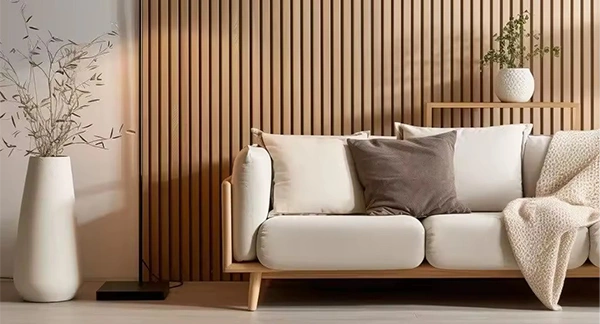Acoustic Felt Boards Sound Management Solutions for Modern Spaces
In today's world, where urbanization and technological advancements are continually reshaping our environments, managing sound has become a crucial aspect of interior design and architecture. Acoustic felt boards have emerged as a popular solution to address the challenges posed by noisy surroundings, contributing to enhanced sound quality and improved aesthetics within various settings.
Acoustic felt boards are panels made from compressed felt, typically produced from recycled materials such as plastic bottles. This innovative product serves a dual purpose. Firstly, it absorbs sound, reducing noise levels in environments ranging from offices and restaurants to homes and recording studios. Secondly, these boards can be customized in terms of color and texture, allowing them to seamlessly integrate into any design scheme, thus enhancing the overall ambiance of a space.
One of the primary advantages of acoustic felt boards is their effectiveness in sound absorption. In environments with hard surfaces such as glass, concrete, and metal, sound waves tend to bounce around, creating echoes and amplifying noise levels. Acoustic felt boards act as a barrier, trapping and dissipating sound energy, which can significantly diminish unwanted noise pollution. This quality makes them particularly appealing for open-concept offices, where multiple conversations and activities occur simultaneously, potentially leading to a distracting atmosphere.
Moreover, the environmental aspect of acoustic felt is noteworthy. As previously mentioned, many felt boards are made from recycled materials, which contributes to sustainability—a core principle in modern architecture and design. By opting for acoustic felt boards, organizations and individuals not only improve their acoustics but also support eco-friendly practices, making a positive contribution to the environment.
acoustic felt board

Another remarkable feature of acoustic felt boards is their versatility. These panels can be used in various applications, whether for wall installations, ceiling treatments, or even furniture designs. They can be cut into different shapes and sizes, allowing designers to create unique and artistic configurations that can be tailored to specific spatial needs. This adaptability offers architects and designers the creative freedom to enhance both functionality and aesthetic appeal.
In addition to their sound-absorbing qualities and design potential, acoustic felt boards are also lightweight and easy to install. This practicality makes them an attractive option for both permanent installations and temporary setups, such as events or exhibitions. Their ease of installation can significantly reduce labor costs and time, allowing for more efficient project completion.
Furthermore, the maintenance of acoustic felt boards is relatively simple, as most can be cleaned with a damp cloth or vacuumed. They are durable materials that can withstand the test of time, ensuring a lasting solution for sound management.
In conclusion, acoustic felt boards represent an innovative and effective approach to addressing noise challenges in contemporary spaces. By combining functionality with aesthetic appeal, these panels not only enhance acoustic comfort but also contribute to sustainable design practices. As the demand for versatile sound management solutions continues to grow, acoustic felt boards are likely to become an essential element in designing environments that promote productivity, creativity, and well-being. Whether in an office, educational institution, or at home, the implementation of acoustic felt boards can lead to a significant improvement in the quality of sound, demonstrating how thoughtful design can profoundly impact our daily lives.
